lens
The Time is Now
Addressing community, culture, climate and curriculum
Individuals and groups across the Case Western Reserve University campus are working to make changes that help fulfill the university's core values of diversity and inclusion.
- "For a Better CWRU: A Student-Led Task Force" launched several months ago to examine policies, practices and initiatives necessary to achieve a true culture of respect on campus. More than 190 students volunteered to participate on seven committees addressing such issues as racial justice, sexual misconduct and mental health.
- Undergraduate admissions formed a task force to develop better ways to recruit students from the Cleveland area and has sought suggestions from current CWRU students.
- The university's Office for Inclusion, Diversity and Equal Opportunity is working on new, expanded and reinstated programs. They include: the People of Color Initiative to forge connections and support systems for historically underrepresented students, faculty and staff of color; and, the Change Agent series to provide campus members with the language and tools needed to be diversity advocates, and "interrupt" inequities or discriminatory action and language when they see, hear or experience them.
- The university's Social Justice Institute marked its 10th anniversary and is focusing on events and initiatives around racial equity and inclusion, institutional racism, policing and more.
- Before the pandemic, Provost Ben Vinson III, PhD, convened a group of academic and administrative leaders to focus on how to recruit and retain a more diverse faculty in science, technology, engineering and mathematics (STEM). The catalyst was a federal plan to award grants to a dozen universities to further diversify scientific faculty. The group now includes some faculty and meets every other week.
Vinson also asked all other deans to consider emulating a step in the hiring process that College of Arts and Sciences Dean Joy K. Ward, PhD, implemented in the fall: applicants for tenure-track or non-tenure track faculty positions must provide a diversity statement explaining how their professional work or service has or might contribute to diversity, equity and inclusion within their scholarly fields or to structural justice inside and outside of higher education. "In a world that is increasingly diverse, and where elements of diversity strengthen perspectives, scholarly inquiry and institutional mission, we must strive to capture diversity's full power throughout our entire campus," Vinson said.
Diversity Snapshot
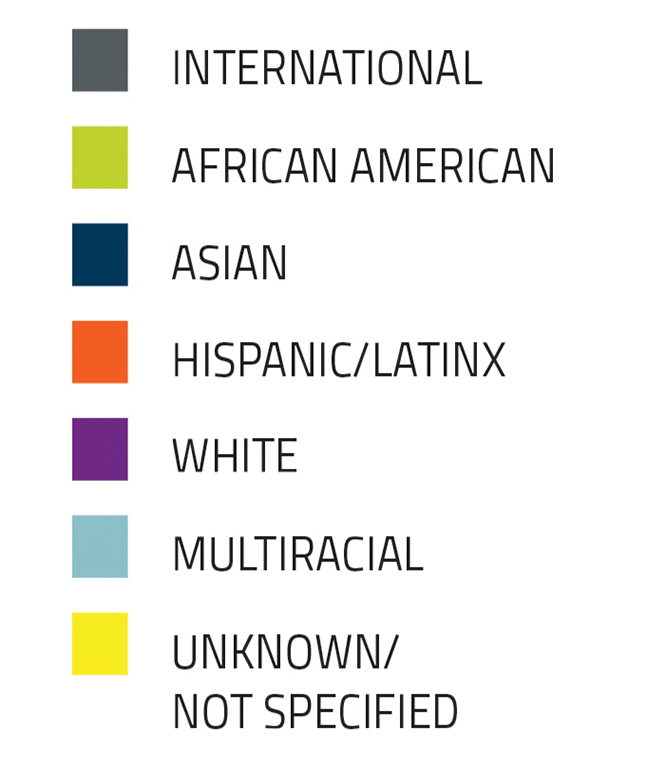
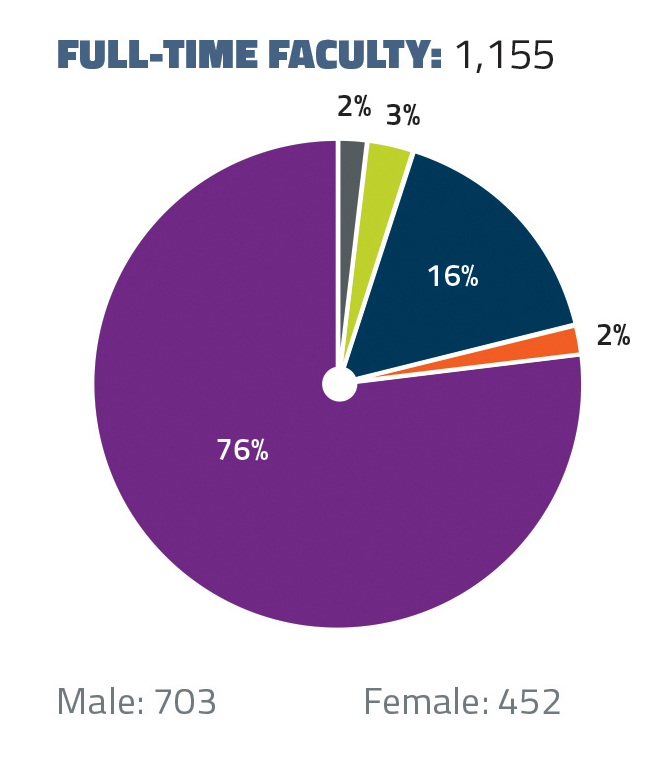
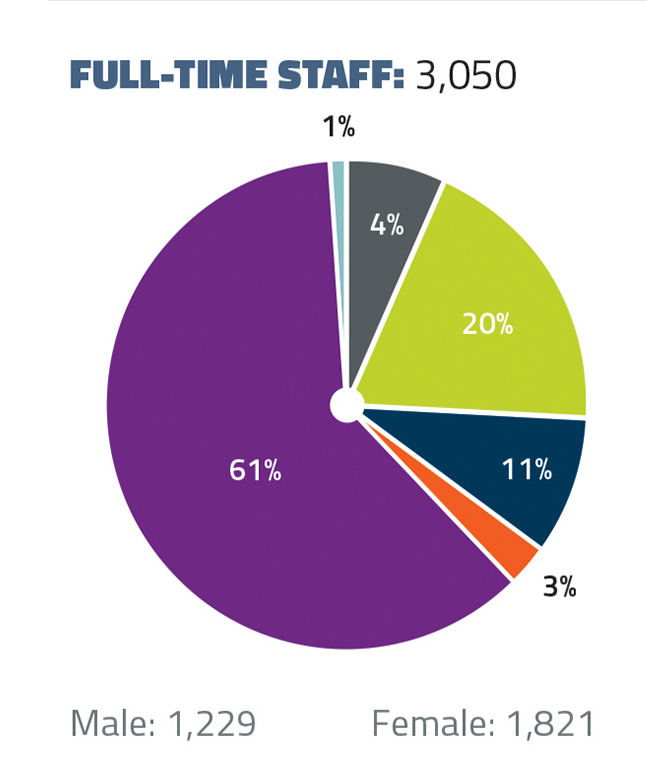
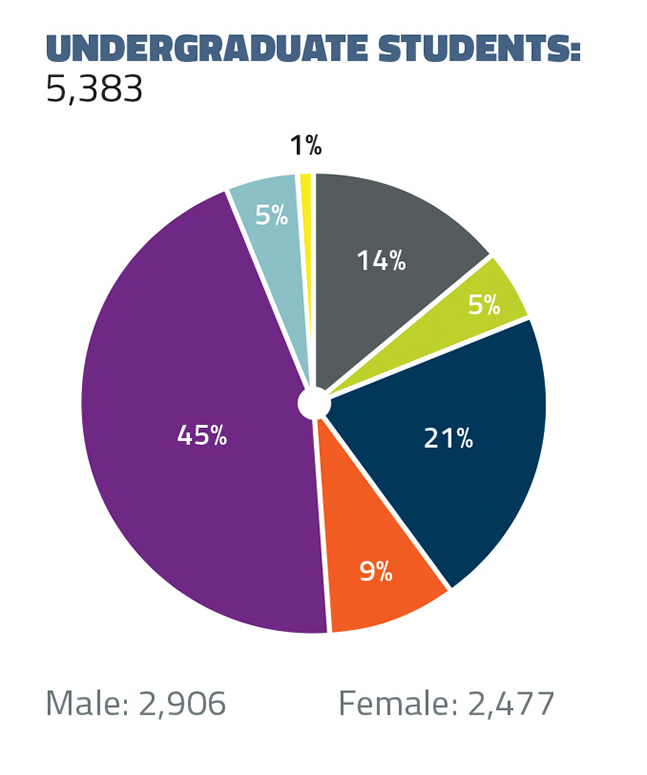
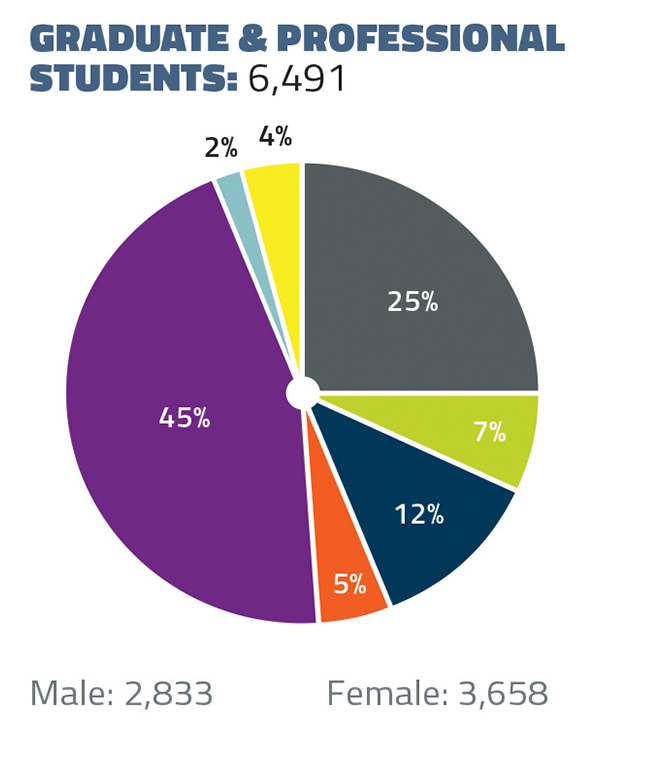
Data from fall 2019. Numbers include only Board-appointed faculty who are university employees. Populations at less than 1% are not included. Source: CWRU's Office of Institutional Research.





